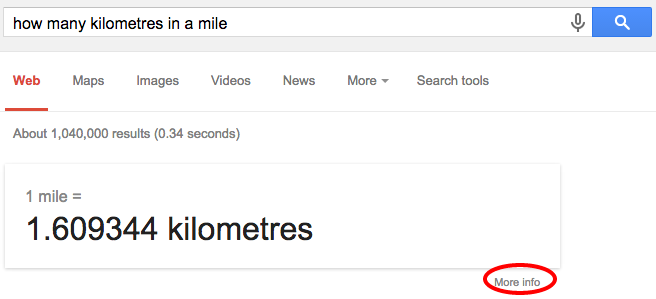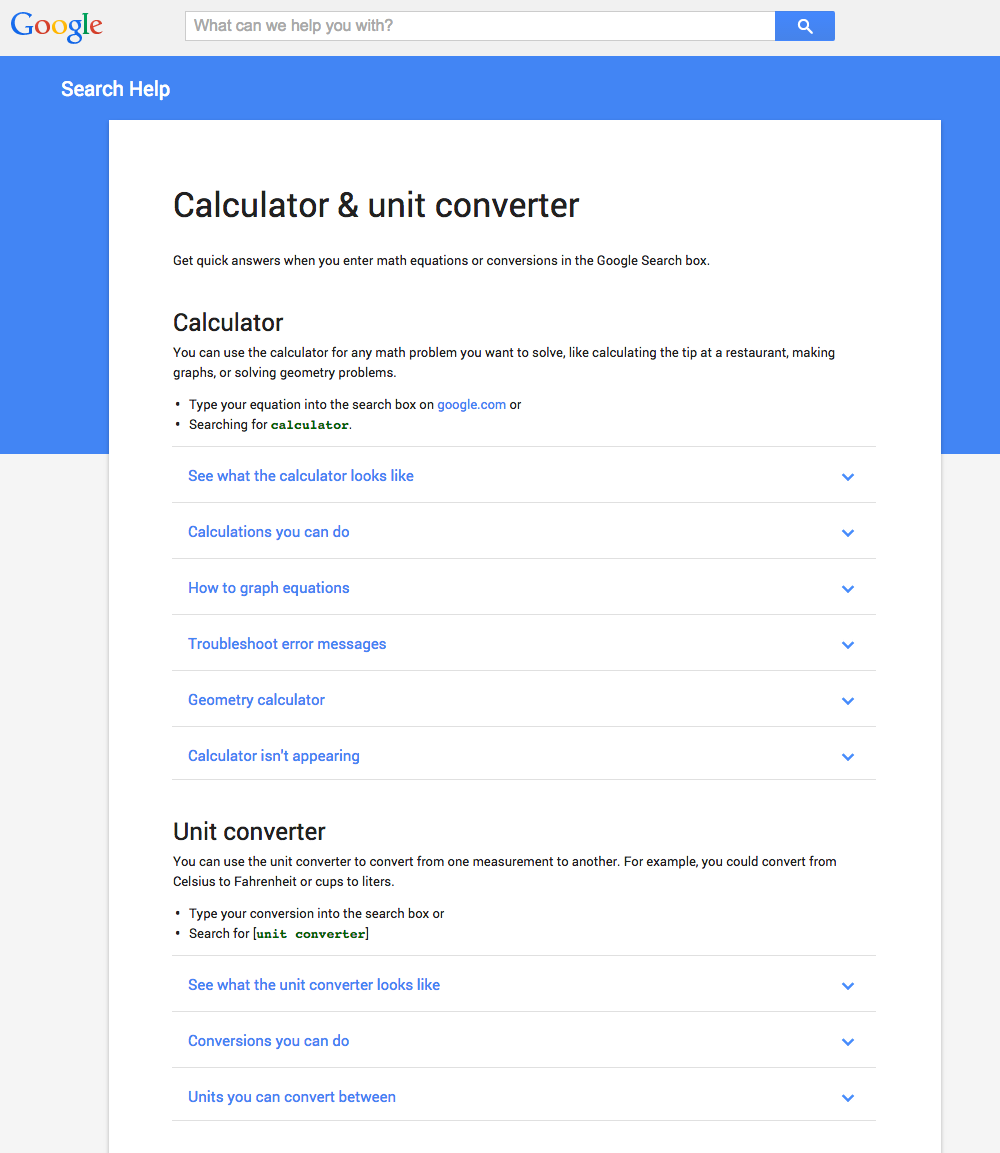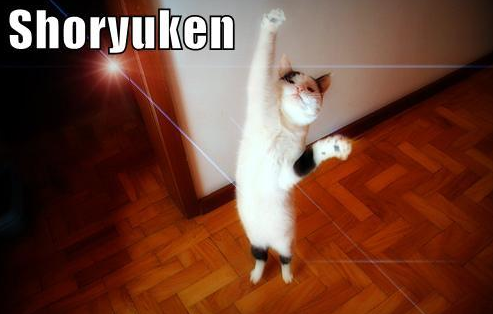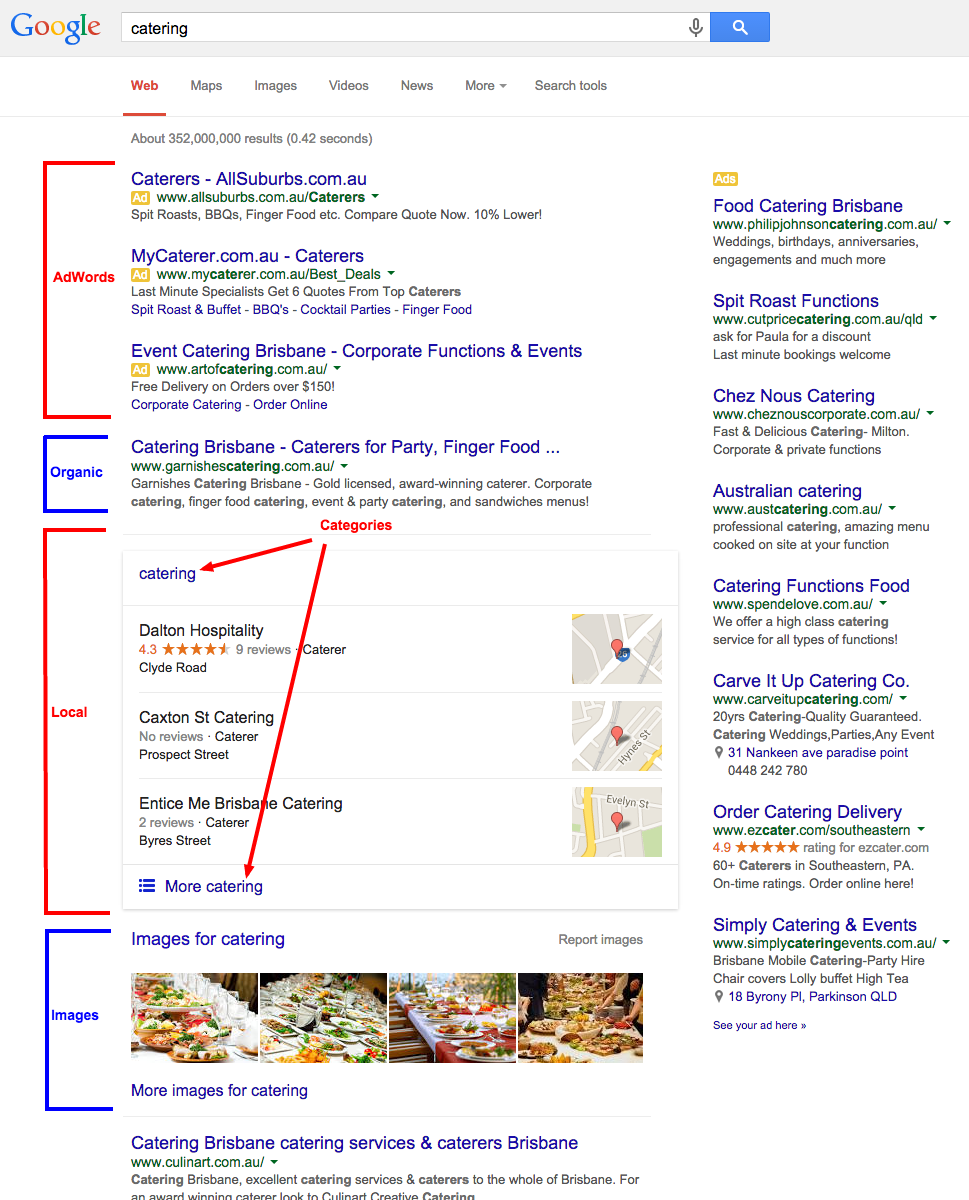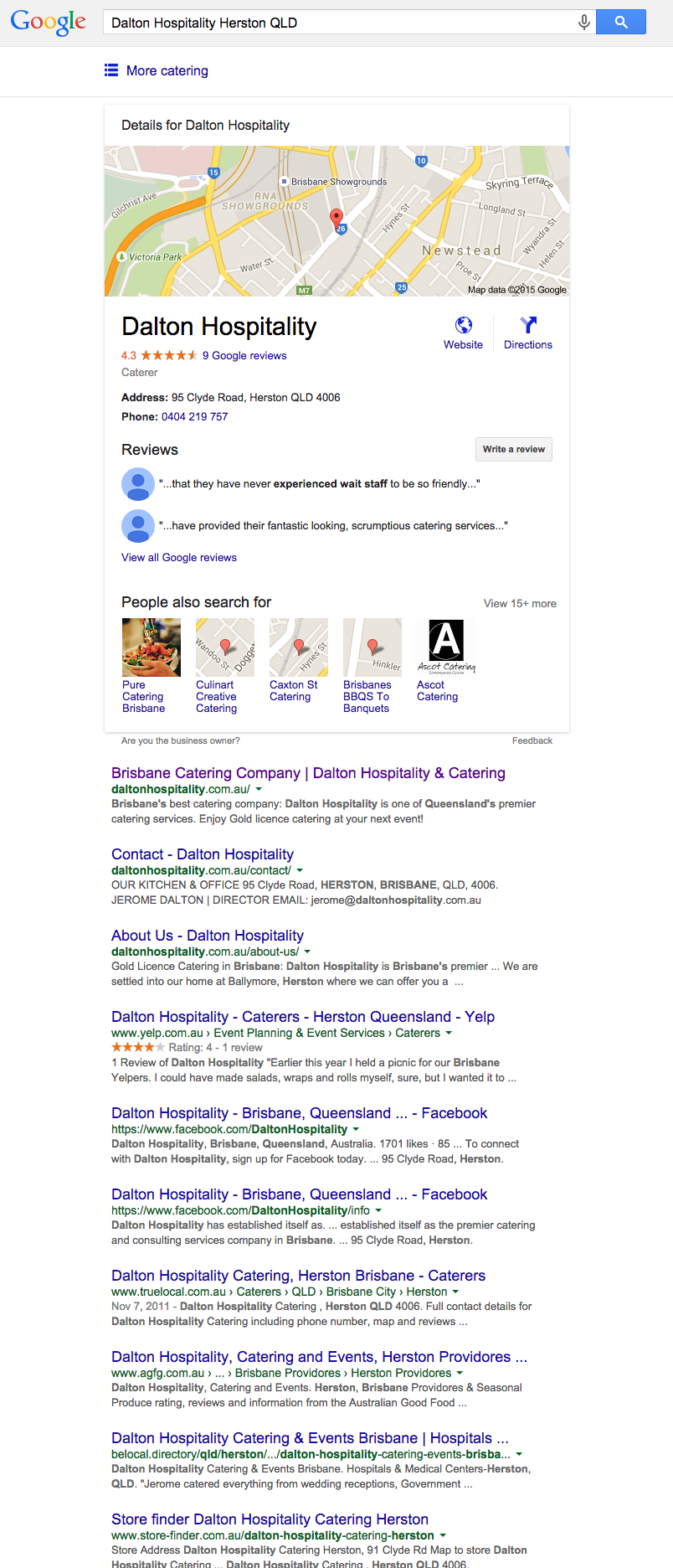What should you look for in a Digital Strategist?

Let’s face it, it’s 2015 and a very large portion of businesses would by now have had at least some dealings with either an agency, in-house or contracted Digital Strategist.
Be it Social Media, SEM, SEO or the increasingly important element of Content Marketing, most businesses are now aware of the importance of an online presence in today’s ever tech-evolving marketplaces.
Naturally, with this comes an ever-expanding pool of talent to choose from. Some great, some not so great, but all offering essential services.
So how does anyone tell them apart?
There are actually more answers to that question than anyone could cover in a single blog, but we thought we’d list 5 of the best things to look out for in a crowded industry to ensure that your Digital Strategist is an inspired, creative individual with the right amount of know-how and tenacity to get you results.
- Are they paying attention? A great Digital Strategy Expert should be asking you a lot of questions around your business and what you hope to achieve online. You would hope that the conversation would revolve around a) Your goals & b) What can be done to achieve them. Because in the end no amount of technical wizardry or charisma will mean anything if your campaign isn’t based around clear goals and an even clearer understanding of your business.Obviously an expert will need to shoot you down on occasion if those goals aren’t realistic given the reality of digital marketing, but if they aren’t offering solutions, look elsewhere.

- Do they think outside the box? Do you want a number working on your online presence, or a genuine talent? The very nature of this industry requires that those who work in it are constantly expanding their knowledge and keeping up to date with the latest changes and advancements in online technology.Ask them straight up for an example of something crazy they’ve done to get results for a client. If it seems like they follow the same tired formula every time, look elsewhere.
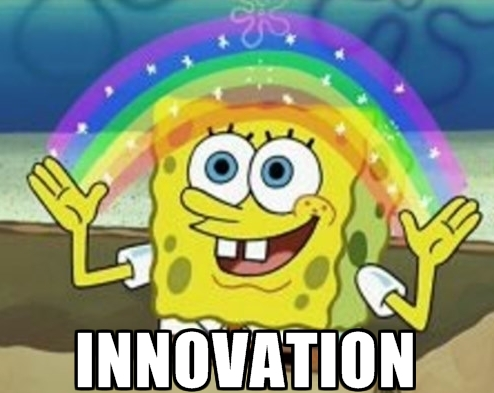
- Do they intend to be accountable? Let’s not beat around the bush here, projections in an online strategy are hard. There are so many variables and so much can change during the course of a campaign that not many people will give you guarantees. As they shouldn’t, at least as far as SEO is concerned given Google’s own warnings about providers who offer guarantees.But hard doesn’t have to mean impossible.It takes a lot of hard work and ambition to do, but you’d want that of anyone you plan to put to work right? Just do yourself a favour and understand the aforementioned difficulties involved in what they’re doing so that if the unforeseen does happen and targets have to change you understand why.
As an aside, there’s also no reason that you can’t at the very least get a detailed outline of what will be implemented over the course of a campaign if all goes according to plan. Things will likely change, but a simple shared spreadsheet or cloud based CRM project can ensure that you know exactly what is due to be done at any given point in the campaign and whether or not it is getting done. If they refuse to do so or start to explain why they can’t for any reason, look elsewhere.
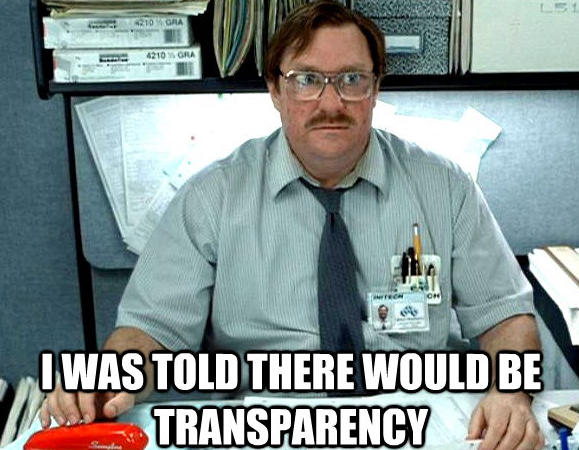
- Do they strike you as passionate? This is a big one. We’re in a growing industry with more and more companies and experts entering the space. What can unfortunately happen in this situation (as in any growing industry) is that overworked and/or uninspired people lose their spark. At the end of the day this is a technical, but creative industry. Amongst all the code and numbers and clients, the people who work in the field are at danger of becoming jaded or stifled by red tape and sheer workload.Look for the people who are still excited about what they do and have the freedom to explore new ideas and methodology. If you’re in a meeting with someone who is clearly attentive and having “aha!” moments while figuring out how to help you, you’re onto a winner. Otherwise, look elsewhere.

- Results. I really wish I didn’t have to explain this one, but I will. Let’s take technical SEO factors for instance. Rankings are not results. Traffic is not results. Even conversions in the form of an enquiry are not results. These are all the means to an end. That end being increased business. Of course, once an enquiry comes through to you then it is your responsibility to convert it and you need to accept your part in that, but if you can’t at least have a conversation about potential return on investment then what is the point?Any good salesperson or Digital Strategist should flat out refuse to work with you if they don’t feel that their efforts could deliver a return on investment for the price you’ll need to pay to achieve increased rankings, traffic & conversions.If they refuse to talk clearly about ROI, look elsewhere.

And we’re cheating a bit here, but just for good measure…
6. Do you like them? It’s very important to understand that you will need to work closely with the person organising and implementing your strategy. Just because you’ve hired them to do the work, doesn’t mean that they won’t require your input or approval on certain aspects of the work to ensure it stays in line with your business needs. For this reason, pick someone you feel you can have an honest and friendly working relationship with and make sure you allocate the necessary time to communicate with them about how things are going. If you don’t enjoy speaking to them and avoid doing so as a result, your campaign will definitely suffer for it.
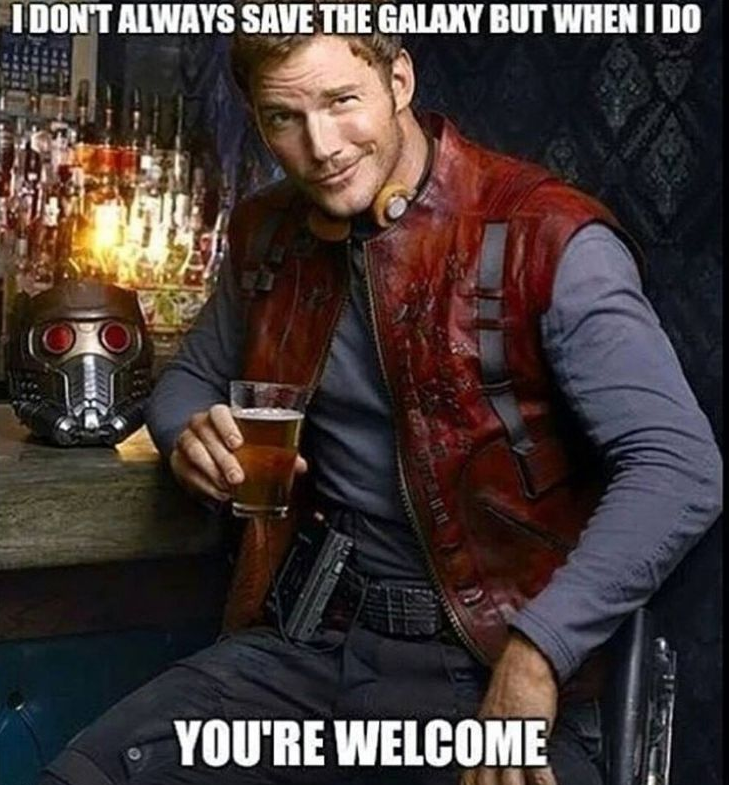
As I said, there are many, many other aspects to consider when looking into engaging a professional in this field, but start with those 6 and we’re very sure you’ll be on good footing to make an informed decision!
Happy strategist hunting!
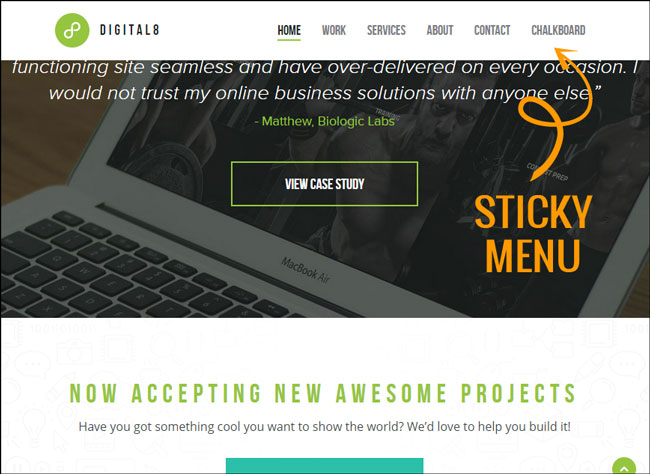





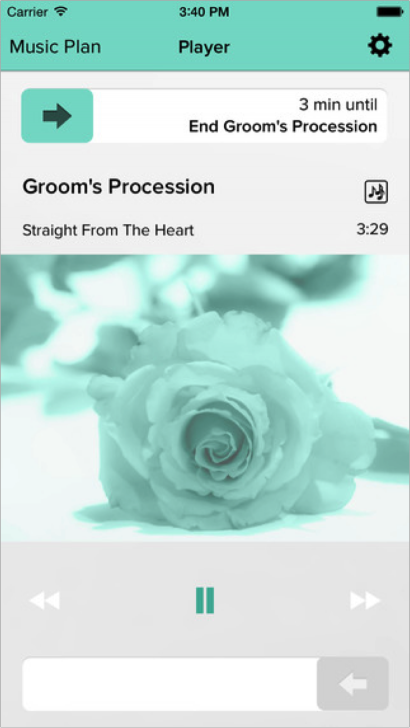


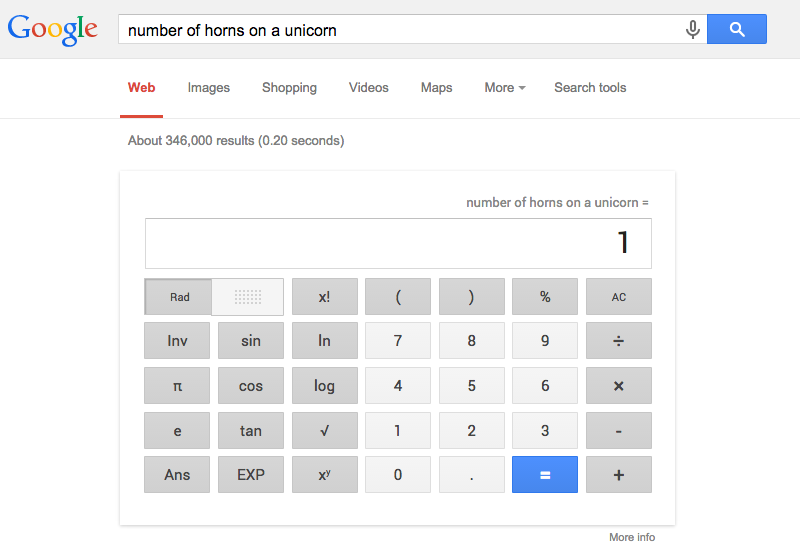 You may have read our
You may have read our 